8M2 Science
Section outline
-
Welcome back to Year 8! I am looking forward to another exciting year ahead in science.
Please email me at chunter@mhjc.schol.nz or locate me in my office with any questions you may have.Science is held three times a week:
Tuesday S3 in F9
Wednesday S3 in F9
Thursday S1 in M11
You will have two assessments throughout the year.
-
EXPLORE / TŪHURA learning intentions:
- We are EXPLORING...movement by investigating and measuring different forces involved in transportation
- We are EXPLORING...movement by researching and classifying forces involved in transportation
Context: Cultural Transportation
Links to the Holistic Report: Active Learner
Success Criteria: I can/have...
- Identify different types of transportation
- Define what a force is
- Describe how forces are involved in transportation
Keywords: Force
Activities:
- Hands-on activity: Tug-of-war

-
EXPLORE / TŪHURA learning intentions:
- We are EXPLORING...movement by investigating and measuring different forces involved in transportation
- We are EXPLORING...movement by researching and classifying forces involved in transportation
Context: Cultural Transportation
Links to the Holistic Report: Active Learner
Success Criteria: I can/have...
- Identify the forces involved in different forms of transportation
- Describe different forces acting on moving objects
- Investigate and collect data to explain forces
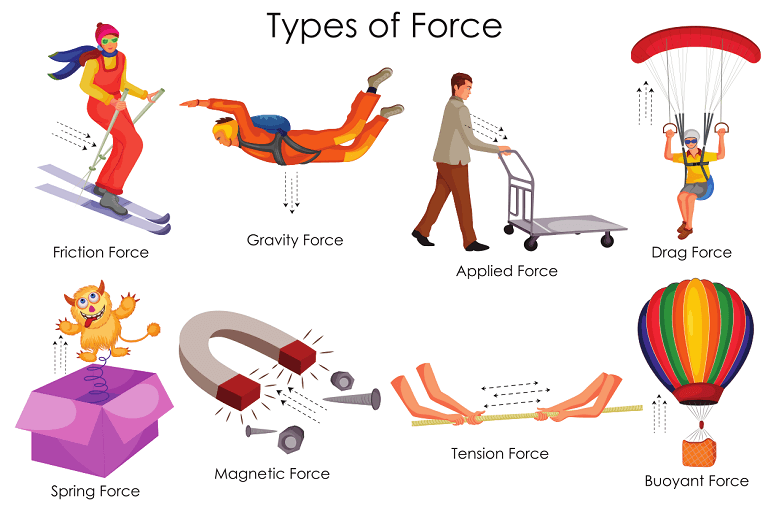
Keywords: Buoyancy, upthrust, gravity, air resistance (drag), friction, weight, Newton
Activities:
- Practical activity: Investigate the forces involved in parachutes
- Hands-on activity: build spring launchers to measure forces
- BrainPop: Forces video
- Literacy activities: Balancing Act + Benefits of using electric bicycles (refer to Google Classroom for the articles and corresponding questions)
-
EXPLORE / TŪHURA learning intentions:
- We are EXPLORING...movement by investigating and measuring different forces involved in transportation
- We are EXPLORING...movement by researching and classifying forces involved in transportation
Context: Cultural Transportation
Links to the Holistic Report: Active Learner
Success Criteria: I can/have...
- Investigate and collect data to explain how waka were able to carry so many people and gear
- Measure forces using force meters
- Explain how machines and technology have helped transportation throughout history
Keywords: Friction, weight, mass, force meter, Newton, net force, gears
Activities:
- Practical activity: Use force meters to measure forces of different objects
- Education Perfect activities: Forces
We are going to the Velodrome on Friday, Week 5 and have bike training Wednesday and Thursday, Week 6
-
FOCUS / ARONGA learning intentions:
- We are FOCUSING...on defining forces so we can explain how they can be beneficial in the design of transportation
- We are FOCUSING... on describing which forces apply to specific forms of transportation so that we can explain how they move and/or explain how to speed up/slow down
Context: Cultural Transportation
Links to the Holistic Report:
Success Criteria: I can/have...
- Explain how machines and technology have helped transportation throughout history
Keywords: Net force, balanced forces
Activities:
- Application of forces to transportation: create a visual that explains forces involved in a form of transportation
- Hands-on activity: measure the teeth on bike gears, compare their sizes + link this information to PE (which gears are used for going up/down hills to explain why)
- BrainPop: forces, balanced forces
-
Mini Context: Human body
Links to the Holistic Report: Thinking and Learning Strategies
Success Criteria: I can/have...
- Recap from last year: compare + identify parts of plant and animal cells
- Organise cells, tissues, organs, organ systems and multicellular organisms
Keywords: Cell parts (cytoplasm, nucleus, mitochondria, vacuole, cell membrane, cell wall, chloroplast), tissue, organ, organ system
Activities:
- In class learning: slideshow, drawing activity, and matching organs to their role
- Hands-on learning: Using the microscopes to view cells
- Education Perfect activities: Level of organisation + compare types of tissues
- Literacy: working on including keywords in our EP task to explain the levels of organisation (practice, recap in class and then edit our work)
- Blood and organ donation discussion + My Sister's Keeper movie
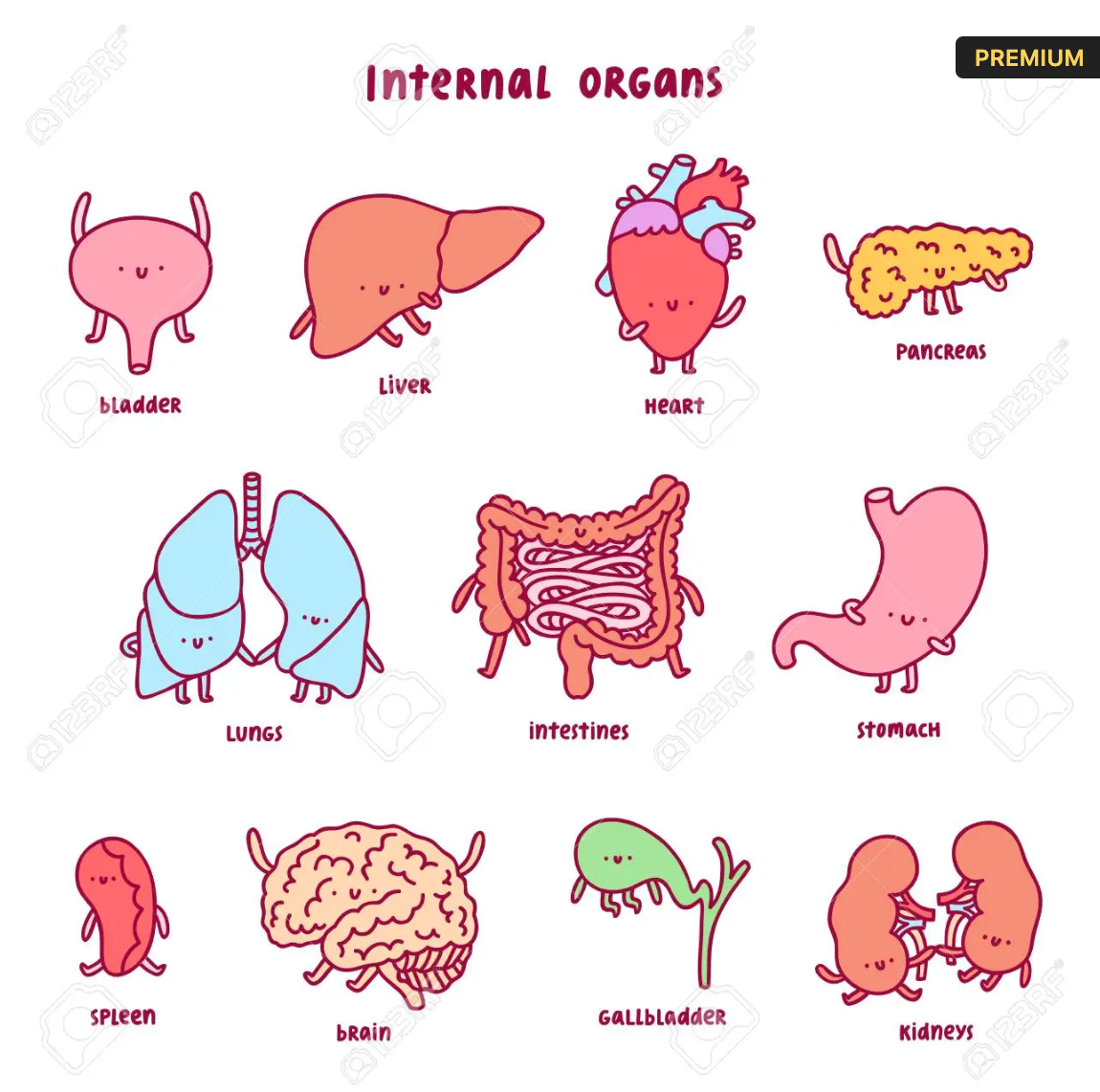
-
Welcome back! This is a short week and we will use the week to wrap up our mini context on the human body. We will complete a kidney dissection in class on Friday.
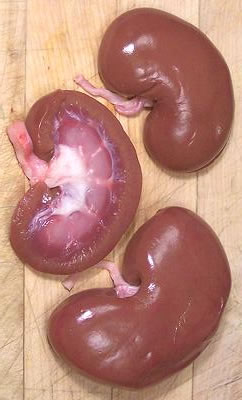
-
EXPLORE / TŪHURA learning intentions:
- We are EXPLORING...weather patterns by collecting and calculating weather data and interpreting the shape/size/colour of clouds
- We are EXPLORING...weather patterns by analysing weather maps to recognise and plan for weather events
Learning Intentions:
Build weather tools so that we can predict and plan for weather events.
Use clouds to prefer the weather.
Success Criteria: I can/have...
- Define weather and give examples of how we measure it
- Build, collect data, and explain how to use, several weather tools (rain gauge, anemometer, wind vane)
- Describe how the weather forms from the Māori viewpoint
- Identify and describe the shape and colour of clouds
- Explain how clouds form using the term evaporate and condense
- Key words: weather, precipitation, atmospheric layers (troposphere, stratosphere, mesosphere, thermosphere, exosphere), cloud types (refer to picture for names)
- Extension: Explain why the temperature of the atmosphere alternates in each layer of the atmosphere.
Activities:
- Class notes + activities: Atmosphere (reading graph), layers of the atmosphere activity, BrainPop video on weather
- Literacy: Read the story of Tāwhirimātea and answer questions to understand the Māori view of weather formation
- Hands-on (refer to Google Classroom for the instructions): Build + use weather tools
- Demonstration: How a cloud forms
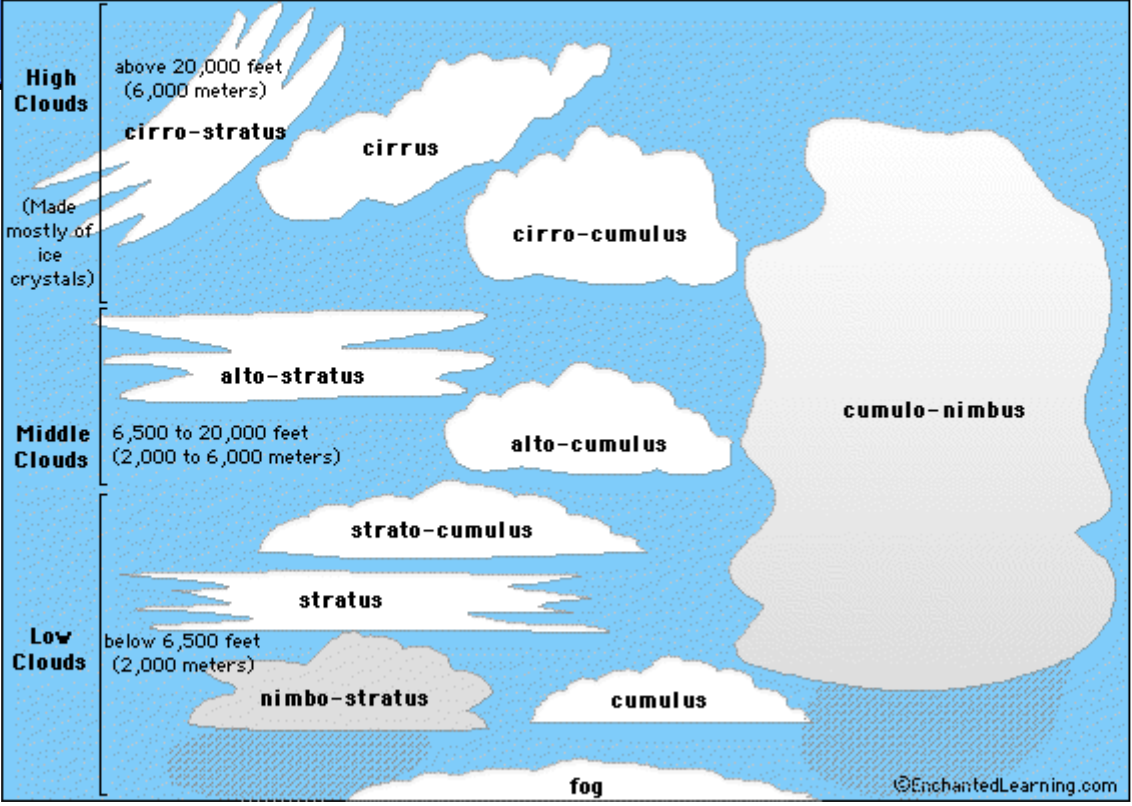
-
EXPLORE / TŪHURA learning intentions:
- We are EXPLORING...weather patterns by collecting and calculating weather data and interpreting the shape/size/colour of clouds
- We are EXPLORING...weather patterns by analysing weather maps to recognise and plan for weather events
Learning Intentions:
Investigate weather maps and extreme weather events so we can adequately prepare and respond.
Success Criteria: I can/have...
- Compare and contrast climate and weather
- Identify and describe the weather of different climate types around the world
- Read a weather map including,
- Identifying warm and cold fronts
- Identifying high and low pressure systems
- Explain what causes these weather events using an understanding of the water cycle, temperature, and currents
- Key words: climate, climate types (tropical, dry/arid, temperate, continental, polar), warm and cold front, isobar
Activities:
- Class notes + activities: Google Slides (shared), BrainPop, EdPerfect
- Literacy: National Ocean Service weather vs. climate, research climate types to draw conclusions on weather in the different climates
- Numeracy: Reading, interpreting and practice drawing weather maps
- Hands-on: Understanding currents and how the water cycle leads to weather events
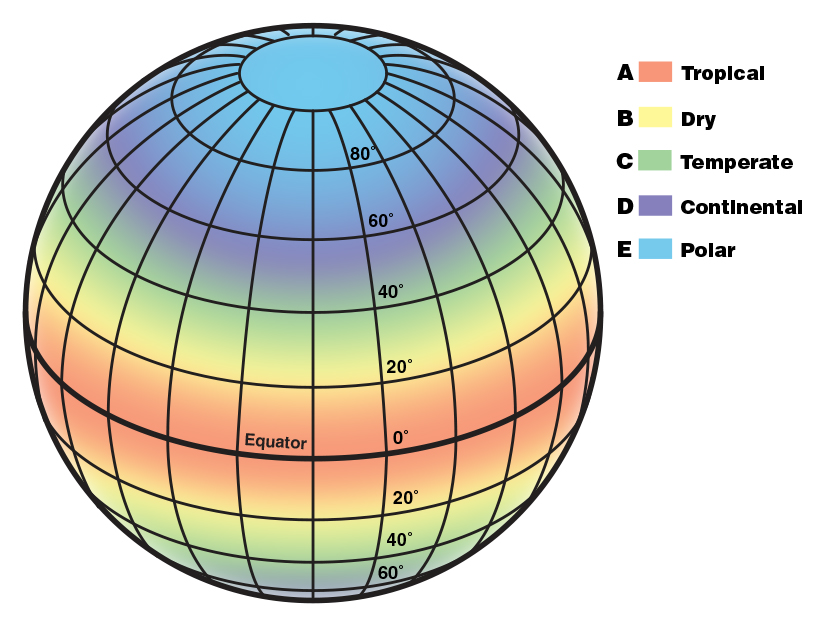
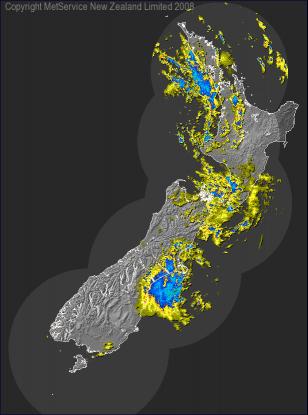
-
PLAN & DO / WHAKAMAHI learning intentions:
- We are PLANNING...to apply our understanding of weather maps so that we can...hypothesis and share our understanding of weather patterns so we can consult with experts and prepare for extreme weather events
Learning Intentions:
Read and interpret weather maps to predict the onset of weather events
Success Criteria: I can/have...
- Interpret a weather map including,
- Use map legends to identify areas with more/less precipitation, temperature variation
- Compare maps to describe differences in weather patterns
- Start assessment #2
- Key words: climate, precipitation
Activities:
- Class notes + activities: Google Slides (shared)
- Numeracy: Reading, interpreting and practice drawing weather maps
- Hands-on: Use rain gauges to collect and plot data
-
PLAN & DO / WHAKAMAHI learning intentions:
- We are PLANNING...to apply our understanding of weather maps so that we can...hypothesis and share our understanding of weather patterns so we can consult with experts and prepare for extreme weather events
You will be working on your assessment task these two weeks. This is a collaborative task to complete in small groups that will be presented.
Please refer to the shared assessment task on Google Classroom.
-
Success Criteria: I can/have...
- Describe the difference between elements, mixtures and compounds, using models
Activities:
- Hands-on activity - sorting foods by element, compound, mixture
- Practical activity - making chocolate mud cake
-
HOLIDAYS!
-
HOLIDAYS!
-
EXPLORE / TŪHURA learning intentions:
- We are EXPLORING...through observing and investigating elements and food compounds
- We are EXPLORING...how food compounds influence the taste, smell and texture food so we can interpret and classify similar foods
- Later in the term... we are EXPLORING...how food is cooked by researching different cooking (heating) methods so they we can correctly prepare cultural dishes
Learning Intentions:
Differentiate between elements and compounds as a means to identify compounds that affect food taste, smell and texture
Success Criteria: I can/have...
- Use the periodic table to locate and identify information about elements
- Identify elements by their atomic symbol
- Describe the structure of an atom
- Use molymods to build models of common compounds
- Extension: Calculate the protons, neutrons and electrons of elements and draw their atomic structure
- Key words: atom, element, molecule, compound, periodic table
Activities:
- Class notes + activities: Google Slides (shared), matching activities
- Literacy: Write acrostic poem about an element + Atoms Family activity (extension), writing country names using atomic symbols, atomic structure sentence jumble (extension)
- Hands-on: Building models of compounds
- BrainPop videos: Periodic table
- EdPerfect: Discovering Elements + Chemistry: Glorified Baking modules
-
EXPLORE / TŪHURA learning intentions:
- We are EXPLORING...through observing and investigating elements and food compounds
- We are EXPLORING...how food compounds influence the taste, smell and texture food so we can interpret and classify similar foods
- Later in the term... we are EXPLORING...how food is cooked by researching different cooking (heating) methods so they we can correctly prepare cultural dishes
Learning Intention:
Differentiate between elements and compounds as a means to identify compounds that affect food taste, smell and texture.
Paearu Angitu / Success Criteria: I can/have...
- Define physical and chemical changes
- Identify and compare the signs of physical and chemical changes to identify chemical reactions
- Investigate and observe the signs of chemical reactions using food
- Research chemical compounds in common food (caffeine, lemon juice, sugar, baking soda)
- Extension: Compare mixtures and compounds
- Keywords: Chemical change, physical change, food compound
Hei Mahi / Activities:
- Class notes: Google slides (shared)
- Literacy: National Geographic Chemical + Physical changes article (select appropriate reading level),
- Numeracy: Calculating the number of atoms in a compounds
- Hands-on: Practical activity to investigate chemical changes (colour, sound, gas production, etc.), interactive making compounds in class
- EdPerfect: Mixtures (milk and wine making) (extension)
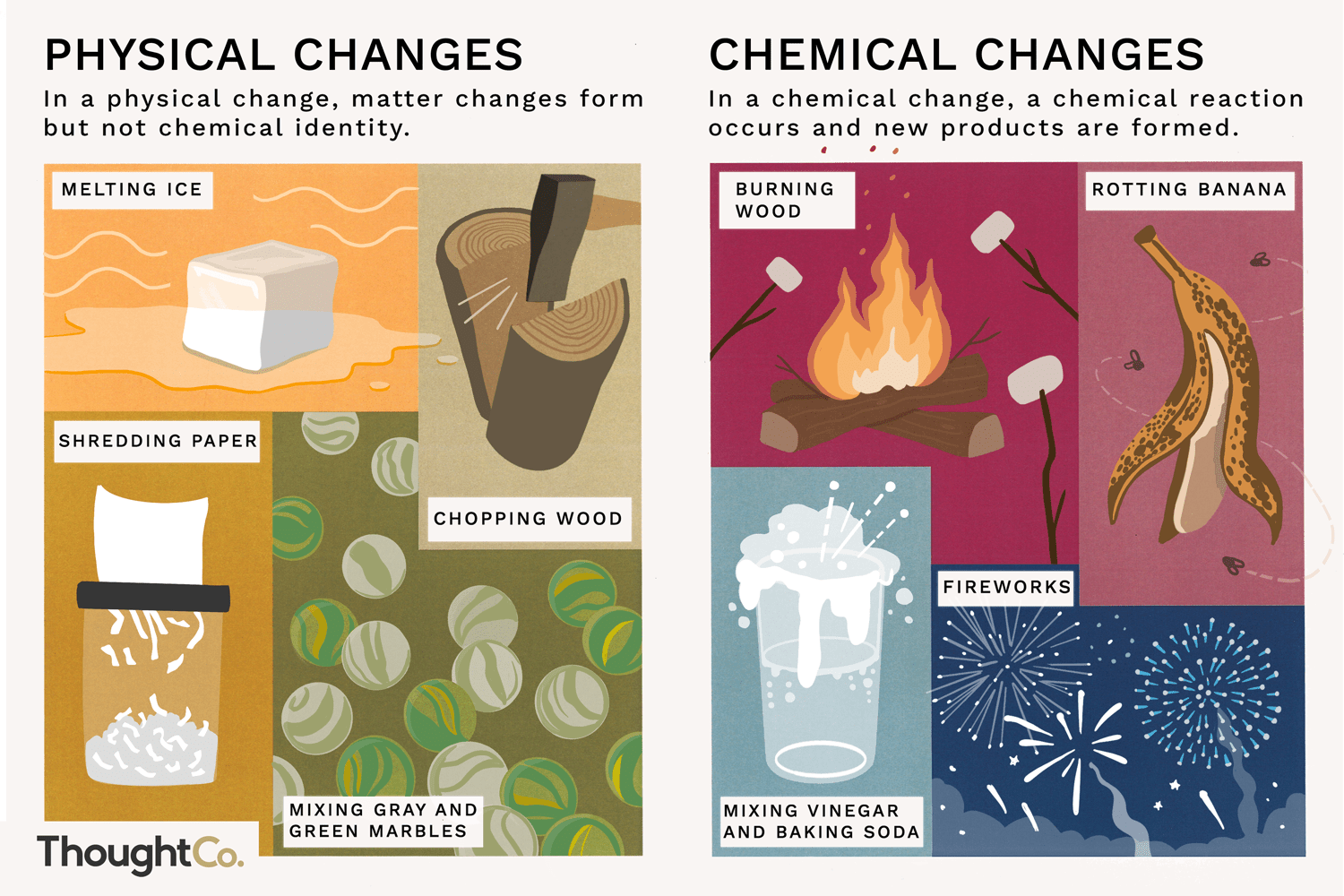
-
FOCUS / ARONGA learning intentions:
- We are FOCUSING... on identifying and comparing food compounds and how they influence cultural dishes taste and texture
- We are FOCUSING... describing and choosing different methods to cook foods
Learning Intention:
Understand how pH of food compounds react and can influence the taste, smell and texture of food.
Paearu Angitu / Success Criteria: I can/have...
- Use universal indicator and pH paper to measure pH
- Identify if foods are acids or basic using the pH scale
- Describe how acids and bases can work together to influence the taste, smell and texture of food
- Explain what neutralisation is
- Extension:
- Keywords: pH, pH scale, acid, basic, neutral, universal indicator, neutralisation
Hei Mahi / Activities:
- Class notes: Google slides (shared)
- Literacy: recording observations
- Numeracy: reading pH scales
- Hands-on/Practical: Measuring the pH of different foods, measuring neutralisation
- EdPerfect: pH and indicators

-
FOCUS / ARONGA learning intentions:
- We are FOCUSING... on identifying and comparing food compounds and how they influence cultural dishes taste and texture
- We are FOCUSING... describing and choosing different methods to cook foods
Learning Intention:
Prepare breads using different ingredients to investigate the effect of levelling agents
Paearu Angitu / Success Criteria: I can/have...
- Baked two different types of bread - Chelsea Winter's lockdown loaf + rēwena Māori soda bread
- Identify and compare the use of different leveling agents
- Keywords: levelling agent, baking soda, yeast
Hei Mahi / Activities:
- Class notes: Google slides (shared)
- Hands-on/Practical: Making two different types of breads, exploring what yeast needs to grow
- EdPerfect: Chemistry of bread
- Movie: Magic School Bus: Ready, Set, Dough
-
PLAN & DO / WHAKAMAHI learning intentions:
- We are PLANNING... to design and construct a solar cooker so that we can...demonstrate an understanding of how to heat (and prepare) food
Paearu Angitu / Success Criteria: I can/have...
- Design and construct a solar cooker to explain and demonstrate how food can be heated and cooked differently
Hei Mahi / Activities:
- In-class: powerpoint presentation notes on heat transfer, Blooket on examples of heat transfer
- Practical: compare materials that are insulators and conductors
- Hands-on: design and build a solar cooker
- Literacy: Answer application questions on heat transfer in other scenarios
- Keywords: conduction, convection, radiation, insulator, heat transfer
Mahi Kāinga / Homework: Bring in materials you need for your cooker
-
PLAN & DO / WHAKAMAHI learning intentions:
- We are PLANNING... to design and construct a solar cooker so that we can...demonstrate an understanding of how to heat (and prepare) food
Paearu Angitu / Success Criteria: I can/have...
- Design and construct a solar cooker to explain and demonstrate how food can be heated and cooked differently
Hei Mahi / Activities:
- Finish building + testing your solar cooker
- Complete the assessment write-up: refer to Google Classroom
- Keywords: conduction, convection, radiation, insulator, heat transfer
Mahi Kāinga / Homework: Bring in materials you need for your cooker
Assessment is due Week 3, Thursday 26 October at 3:30pm** (provided we can test the cooker next week).
